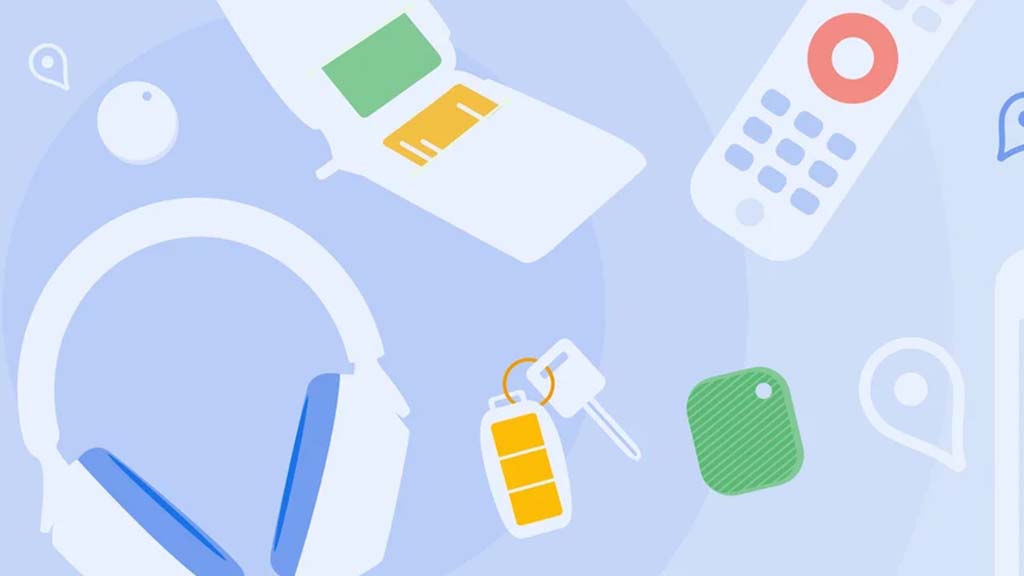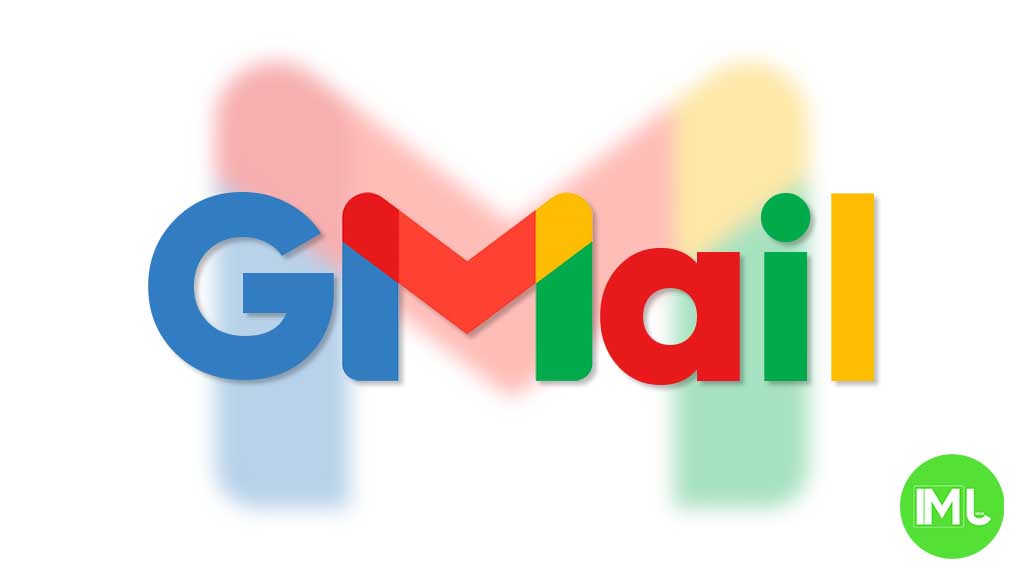Google’s Key Updates: Developer tools, Google TV streamer availability, and Maps timeline changes

In the fast-evolving tech world, Google’s recent advancements highlight their dedication to improving user and developer experiences. From enhancing developer tools for Android to resolving Google TV Streamer availability issues and rolling out significant updates to Maps’ Location History, here’s an in-depth look at the latest changes.
1. Empowering App Developers with Enhanced Tools
The foundation of your favorite apps lies in the software tools developers use to build them. While Android itself provides the core platform, it’s the apps layered on top that make smartphones indispensable. For this reason, Google’s updates to its developer tools are as crucial as any Android update.
Why Developer Tools Matter
Developing high-quality apps requires powerful tools, and Google’s Android Studio and associated utilities are essential for app creators. Recently, Google improved the Android Emulator, a vital tool for testing apps. Previously, the emulator was prone to slowdowns and crashes, even on high-performance computers. With the latest updates, performance has significantly improved, allowing developers to work more efficiently. While there’s still room for improvement, this marks a big step forward.
A Lesson from the Past
In Android’s early days, subpar developer tools flooded the Play Store with poorly designed apps. Recognizing this, Google prioritized better tools to support developers, fostering innovation and ensuring a higher quality of apps for users. Whether you’re a seasoned professional or a novice, these updates make creating Android apps more accessible and rewarding.
2. Google TV Streamer: Finally In Stock
Since its launch in September, the Google TV Streamer has faced significant stock shortages due to high demand. However, availability has now stabilized, making it easier to purchase just in time for the holiday season.
Where to Buy the Google TV Streamer
- Google Store: Both “Porcelain” and “Hazel” color options are in stock, with estimated delivery times of 5-7 days.
- Retailers: Best Buy has in-store availability, while Amazon now offers Prime delivery after weeks of limited stock.
This improved availability is welcome news for consumers seeking an affordable and versatile streaming device. Additionally, the Chromecast with Google TV remains a budget-friendly alternative and is widely available.
3. Major Changes to Google Maps’ Timeline and Location History
Google Maps is undergoing a significant overhaul of its Location History feature, now renamed Timeline. This change prioritizes user privacy by shifting data storage from the cloud to local devices.
What’s New?
- On-Device Storage: Timeline data will now stay on your phone, ensuring greater privacy. This change also means Google can no longer provide data for geofence warrants.
- Device-Specific Data: Unlike before, multiple devices can no longer contribute to a shared Timeline.
- Backup and Transfer Options: New tools will allow users to back up or transfer Timeline data between devices.
Impact on Users
While this change enhances privacy, it also brings limitations. Timelines will no longer be accessible on the web, and users must take action if they wish to retain their data. Google will notify users via email and app notifications, providing approximately six months to decide whether to back up or delete their Timeline data.
Rollout Timeline
This update is rolling out gradually through 2024. If you haven’t received a notification yet, there’s no immediate action required. Google assures users they’ll have ample time—around six months after being notified—to decide what to do with their data.
Why These Updates Matter
Google’s efforts to enhance developer tools, improve hardware availability, and prioritize user privacy reflect their commitment to both innovation and consumer satisfaction. Whether you’re a developer creating the next great app, a user looking for seamless streaming, or someone concerned about digital privacy, these updates deliver meaningful improvements.
With these advancements, Google continues to shape the tech landscape, ensuring its ecosystem remains a leader in usability, accessibility, and security.
Android
Android’s Find My Device speeds up with UWB coming soon

Google’s Find My Device network for Android has gotten a big boost, making it much quicker to locate misplaced items. Recent checks show it’s now four times faster than it used to be, keeping up with Apple’s AirTags in crowded spots like malls or events. For instance, at CES 2025, a tracker tucked in a bag updated its location just as fast as an AirTag nearby. This speed-up is thanks to more Android users turning on tracking for all locations, not only busy areas, which helps the system spot items more reliably.
In less crowded places, the network can still have trouble since fewer Android phones are nearby to share location signals. But Google’s working on this by nudging users through app alerts to enable tracking in quieter spots. Plus, recent updates to tracker software and apps have made connections more stable and accurate.
Looking ahead, Google’s gearing up to roll out ultra-wideband (UWB) technology. This will let you find items with pinpoint accuracy, even within a room, using cool augmented reality (AR) visuals, much like Apple’s setup. The Moto Tag, a tracker ready for UWB, is already available, just waiting for Google to activate this feature. Not all Android phones support UWB yet, but future models like the Pixel 10 might include it. These changes prove Google’s determined to make its Find My Device network a top choice for tracking lost stuff.
Gmail and Google Photos get new design and useful updates

Google is giving Gmail and Google Photos some fresh updates to make things easier and more user-friendly.
First, Gmail on the web is now getting a new layout option. You can choose between “Cozy,” “Comfortable,” or “Compact” views based on how much space you want between your emails. Google is also adding a setting to control whether your inbox and labels stay on screen or only show up when needed. These changes make it easier to personalize how Gmail looks and feels.
Meanwhile, Gmail for iPhone is getting a visual upgrade. The app now uses Google’s updated design style called “Material 3.” You’ll notice a cleaner look with a rounded search bar at the top, smoother icons, and better spacing. Although the bottom bar and buttons look mostly the same, the overall design feels more modern and easier on the eyes.
Lastly, Google Photos is bringing back a helpful feature. The classic search shortcut that appears in the bottom bar is returning, making it quicker to find your photos. Before this, the shortcut had been removed when Google added the new “Memories” tab. Now, both features work together, letting you browse memories and search with ease.
These updates aim to make Google’s apps feel more useful, clean, and easier to use on both desktop and mobile.
Android
Android 16 boosts USB data safety and fixes delayed notifications on Pixel phones

Google’s upcoming Android 16 update is bringing better security and some helpful improvements, especially for Pixel phone users. One of the main features in Android 16 is a new way to protect your phone’s data when it’s connected to a computer through USB. Right now, when you plug your phone into a PC or laptop, it can access all your data as long as you approve it.
With Android 16, Google is adding an extra security layer that only allows limited access unless you enter your PIN, password, or use your fingerprint. This will help protect your files if someone tries to access your phone without permission.
At the same time, Google is also working on a fix for a frustrating issue that some Pixel users have been facing for months — delayed notifications. After the April 2024 update, many users noticed that app alerts were not showing up on time, especially from messaging apps. Google has confirmed the problem and says a fix will be included in a future update, though it’s not in the current April patch yet.
Together, these changes show that Google is focusing on both stronger privacy and a smoother experience for Android and Pixel users. Android 16 is expected to roll out later this year, starting with developer previews.
-

 Apps1 year ago
Apps1 year agoGboard Proofread feature will support selected text
-

 News1 year ago
News1 year agoSamsung USA crafting One UI 6.1.1
-

 News1 year ago
News1 year agoBreaking: Samsung Galaxy S22 may get Galaxy AI features
-

 News1 year ago
News1 year agoSamsung Galaxy S23 Ultra with One UI 6.1 and all S24 AI features revealed
-

 News1 year ago
News1 year agoOne UI 6.1 Auracast (Bluetooth LE Audio) feature coming to many Samsung phones
-

 News1 year ago
News1 year agoSatellite SOS feature coming to Google Pixel phones, evidence leaked
-

 Apps11 months ago
Apps11 months agoGoogle’s fancy new Weather app is finally available for more Android phones
-

 News1 year ago
News1 year agoGoogle Pixel evolves as Europe’s third best selling flagship










